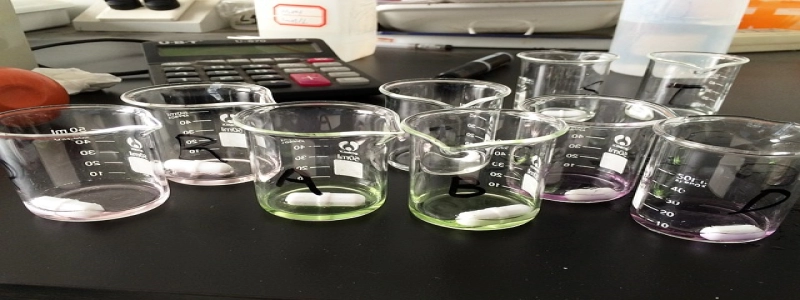Diffraction vs Dispersion
Introduction:
Diffraction and dispersion are two important concepts in the field of physics that are often confused with one another due to their similarities. While both involve the bending or spreading of waves, they are fundamentally different phenomena with distinct characteristics. This article aims to clarify the differences between diffraction and dispersion, providing a comprehensive explanation of each concept.
I. Diffraction:
Diffraction refers to the phenomenon in which waves encounter an obstacle or aperture and spread out or bend around it. It occurs when waves interact with an object that has dimensions comparable to their wavelength. The diffraction of waves can be observed in various scenarios, such as when light passes through a narrow slit or when sound waves bend around obstacles.
A. Characteristics:
1. Bending: Waves bend and spread out after passing through or around an object.
2. Single-Wavelength: Diffraction occurs with a single wavelength of waves.
3. Huygens’ Principle: Can be explained by Huygens’ principle, which states that each point on a wavefront acts as a source of a new wave.
B. Applications:
1. Study of Crystals: Diffraction patterns produced by X-rays passing through crystals are used to determine their atomic structures.
2. Communication: Diffraction of radio waves allows for better reception in areas with obstacles.
II. Dispersion:
Dispersion is the phenomenon in which waves of different wavelengths travel at varying speeds through a medium, causing the separation or spreading out of these wavelengths. It occurs when the refractive index of a medium changes with the wavelength of the incident wave. The most common example of dispersion is the splitting of white light into its constituent colors when passing through a prism.
A. Characteristics:
1. Separation: Waves of different wavelengths separate or spread out as they pass through a medium.
2. Multiple Wavelengths: Dispersion occurs with a range of wavelengths rather than a single wavelength.
3. Refraction Index: Relates to the change in speed of waves in a medium.
B. Applications:
1. Spectroscopy: Dispersion is utilized in spectrometers to separate and analyze the various wavelengths of light emitted or absorbed by a substance.
2. Optical Fiber Communication: Dispersion compensation techniques are employed to counteract the spreading of signals in optical fibers.
Conclusion:
While both diffraction and dispersion involve the bending or spreading out of waves, they are distinct phenomena with different characteristics and applications. Diffraction occurs when waves encounter an obstacle or aperture, causing them to bend and spread out, while dispersion occurs when waves of different wavelengths travel at varying speeds through a medium, resulting in their separation or spreading out. Understanding the differences between these concepts is crucial in various scientific fields, allowing for accurate analysis and utilization of wave behavior.







